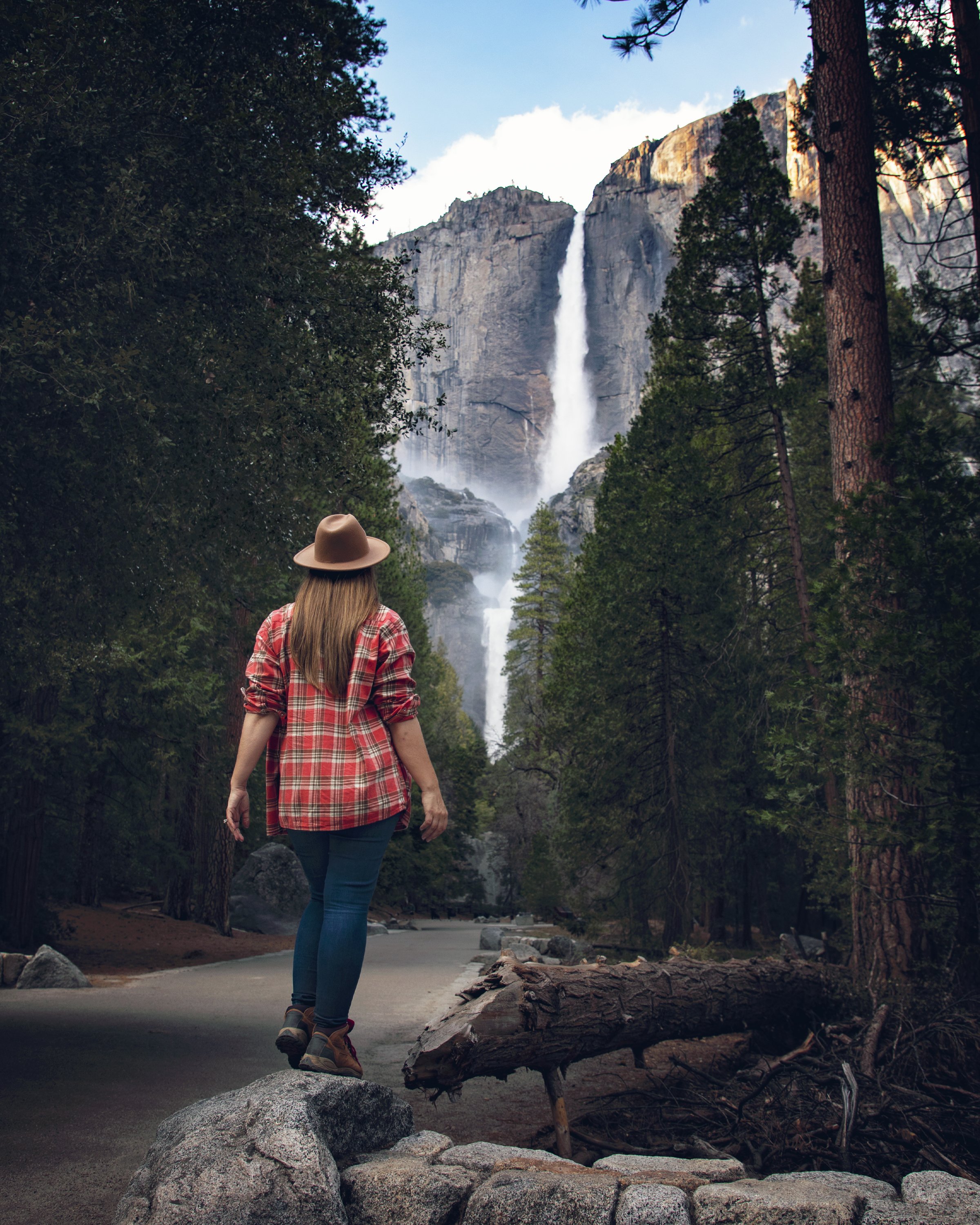First-Timer’s Guide to Piedras Blancas Elephant Seal Rookery
Hi friends! This week I’m exploring a rugged stretch of California coastline, where waves crash against rocky shores and a unique spectacle of wildlife unfolds throughout the year. Welcome to the Piedras Blancas Elephant Seal Rookery in San Simeon, California. Here you’ll find an unforgettable experience where Highway 1 road-trippers can witness the awe-inspiring life cycle of northern elephant seals. Whether you're a wildlife enthusiast, a nature photographer, a curious traveler, or simply in search of a new weekend adventure, this rookery offers a front-row seat to nature at its most raw and fascinating. Join me below as we dive into everything you need to know as you plan your adventure to this unique central coast highlight.
Adult male elephant seal in San Simeon, CA
Elephant seal pup at the Piedras Blancas Elephant Seal Rookery
Location
The Piedras Blancas Elephant Seal Rookery is located along California's iconic Highway 1 near the Piedras Blancas Light Station, just a few miles north of San Simeon and the turnoff for Hearst Castle. With its easy access and free parking, this site is one of the most accessible places in the world to observe elephant seals in their natural habitat. Multiple well-maintained boardwalks and viewing platforms ensure that visitors can enjoy the sights while respecting the seals' space.
Piedras Blancas Light Station seen from Elephant Seal Rookery
Adult male elephant seal in San Simeon, CA
History
The story of the Piedras Blancas Elephant Seal Rookery is one of both near-extinction and remarkable recovery. In the 19th century, elephant seals were hunted to the brink of extinction for their blubber, which was rendered into oil. By the early 20th century, fewer than 100 seals were believed to exist, all on a remote island off Baja California. Thanks to international protections, their population rebounded, and in the early 1990s, elephant seals began appearing at Piedras Blancas. Today, the rookery is home to an estimated 25,000 seals, making it one of the largest colonies on the West Coast.
But the area's history stretches even further back. The name “Piedras Blancas,” meaning “white rocks” in Spanish, refers to the white, guano-covered rocks offshore. Indigenous peoples, such as the Northern Chumash and Salinan Tribe, lived in harmony with this coastline for centuries, relying on its rich marine resources until Spanish settlements arrived in the late 1700s. Sadly, by 1810, the Native Americans that thrived here were all dispersed and no indigenous villages remained. The land was then later part of the Rancho de Piedra Blanca land grant in the mid 1800s. In 1869, there were two large shipwrecks off the coast here due to weather and the unforgiving terrain. Just a few years later in 1875, the nearby Piedras Blancas Light Station was built, serving as a beacon for mariners navigating the treacherous coastline.
Piedras Blancas Elephant Seal Rookery viewing platform
Hiking the Boucher Trail near the Piedras Blancas Light Station
Visiting Today
The rookery is open year-round and free to the public, with no reservations required. Visitors can stroll along wooden boardwalks and observation areas that hug the bluff tops, offering incredible views of the seals, and interpretive panels provide wonderful insights into their behavior. Volunteers from Friends of the Elephant Seal are often on hand to answer questions and share fascinating facts. Groups of seals are typically just a few feet away from the viewing areas, so binoculars aren’t needed to enjoy them. However, there is so much wildlife to see, I always have them on hand to view sea birds and migrating whales in the distance.
There are two main boardwalks, each heading out in opposite directions from the main parking lot. Visitors are also able to enjoy hiking along the 2-mile Boucher Trail just to the north, which also provides more opportunities to see elephant seals and other wildlife. Named after Jim Boucher, a former Piedras Blancas light station manager, the trail includes bluffs, grassland, and wetland areas, making it one of my favorite places to take in the magnificent coastal views.
Travelers along Hwy 1 will also enjoy several small parking areas and viewing areas along the coastline. The vista point about a mile south of the official Piedras Blancas Elephant Rookery is another great spot to see these seals and other wildlife safely from the bluff tops. There are also informative plaques here sharing this region’s history. There was recently a carcass of a large fin whale that washed up on the rocks at this spot. As of the writing of this post, skeletal remains can still be seen along one of the beaches.
Fin whale carcass & skeletal remains south of Elephant Seal Rookery
Pupping & breeding season at Piedras Blancas Elephant Seal Rookery
Subadult males sparring at Piedras Blancas Elephant Seal Rookery
Seasons
One of the most remarkable aspects of the Piedras Blancas Elephant Seal Rookery is that it offers something to see during every season:
Winter (December to February): This is pupping and breeding season, the most dramatic time to visit. Witness males battling for dominance and mothers giving birth and nurturing their newborn pups.
Spring (March to May): During this quieter season, molting occurs. Seals shed their outer layer of skin and fur in a process that’s both fascinating and essential for their health. Be prepared for a pungent aroma!
Summer (June to August): Juvenile seals and some adult females haul out to rest, offering a more relaxed viewing experience.
Fall (September to November): Subadult males practice sparring on the beach, preparing for their future roles in the colony’s social hierarchy.
Hearst Castle in San Simeon, CA
Hearst Castle zebras seen from Highway 1 in San Simeon, CA
Nearby Points of Interest
The rookery is just the beginning of what this area has to offer:
Friends of the Elephant Seal Visitor Center: Located in nearby San Simeon, this visitor center provides additional context about the seals and the rookery, along with educational exhibits and a gift shop.
Piedras Blancas Light Station: A historic lighthouse offering tours and breathtaking views of the coastline. It's a short drive from the rookery and steeped in maritime history.
Hearst Castle: Just minutes away, this iconic estate is a must-visit. Tour the opulent home of media magnate William Randolph Hearst and marvel at its art collections and architectural grandeur. Even if you don’t visit the castle, keep an eye out for zebra grazing along the hillsides...these majestic animals are remnants of the wild animal collection Hearst brought to roam his ranch a century ago.
Piedras Blancas Motel: Now closed, this old motel sits along the bluff tops a few miles north of the light station within Hearst San Simeon State Park. Some of the buildings are now providing private residences to state park staff, but short bluff top paths provide visitors an opportunity to explore and see even more elephant seals.
Cambria: This quaint seaside village, just south of San Simeon, is perfect for dining, shopping, and exploring art galleries. Don’t miss Moonstone Beach for its stunning sunsets.
Elephant seals near the old Piedras Blancas Motel
Rocky coastline near the Piedras Blancas Light Station
Know Before You Go
• Weather: Coastal conditions can change quickly. Bring layers to stay comfortable, including a wind-breaker.
• Wildlife Etiquette: Always maintain a safe distance from the seals and other wildlife, and never attempt to approach or feed them. If you’re not familiar with the Leave No Trace Principles, consider familiarizing yourself with them before your trip. The use of drones are strictly prohibited here.
• Accessibility: The boardwalk and viewing areas are wheelchair accessible.
• Facilities: There are no restrooms, food or drink vendors on-site, so plan accordingly.
• Timing: Arrive early for the best parking and a quieter experience, especially during peak seasons.
• Dog-Friendly: Dogs and seals do not mix, so dogs are only allowed on leash in specific areas here.
Viewing platform at the Piedras Blancas Elephant Seal Rookery
Great egret flying over crashing waves at Piedras Blancas
In Summary
Thanks so much for joining me this week along California’s central coastline. For a virtual visit of the Piedras Blancas Elephant Seal Rookery, make sure to watch my Behind the Blog video located at the top of this post, or watch it on YouTube here. Until next week, I hope you find adventure and encouragement wherever you go.
Elephant seal covering itself with sand to regulate body temperature
If you enjoyed this post, you might also like…
About Me
I’m Dawn Marie, a travel and lifestyle blogger based out of Southern California. With in-depth articles, travel guides, and reviews on hotels & products, I seek to share my journeys to help you plan for your own. My adventures take me all over California, the western United States, and around the globe...and every Monday I post new content here, including a comprehensive blog post and YouTube video.
Search the Blog
Featured Posts
Etsy Shop



























Discover the best of Moonstone Beach in Cambria, CA, from stunning oceanfront views along its boardwalk & top restaurants on Moonstone Drive to charming hotels near the beach. Explore coastal gems like Fiscalini Ranch Preserve & Shamel Community Park, plus find the perfect place to stay, dine, and relax along California’s Central Coast. Plan your Cambria getaway with this ultimate travel guide!